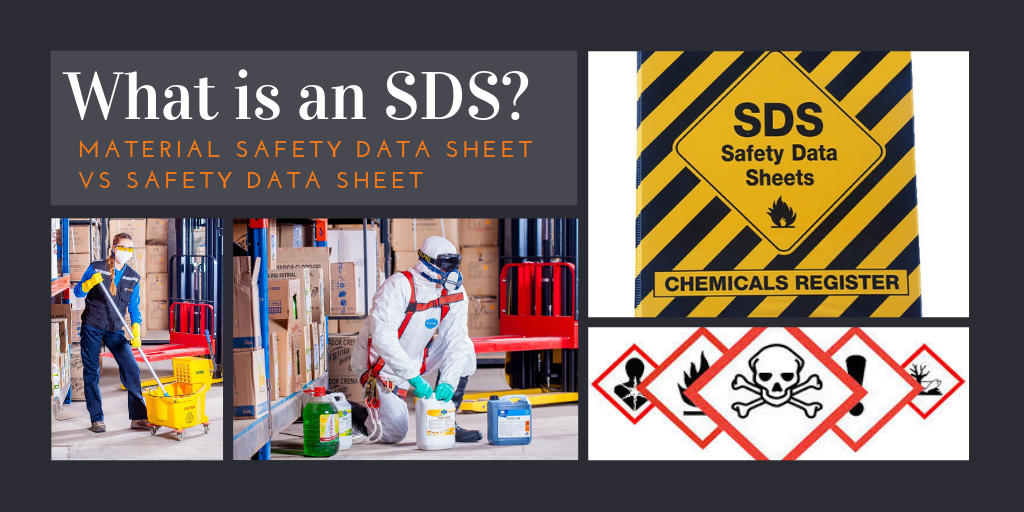Firstly, what is the difference between a Material Safety Data Sheet (MSDS) and a Safety Data Sheet (SDS)? To put it simply an SDS is the new name of an MSDS, with the name change occurring following the introduction of the UN’s Globally Harmonized System of Classification and Labelling of Chemicals (GHS). The GHS began in 1992 at Rio Conference on Environment and Development, where it was agreed that a global standard was required on the hazard classification, and labelling. After a decade of work, the UN released the GHS which became mandatory internally in 2017. Australia introduced the GHS in 2012.
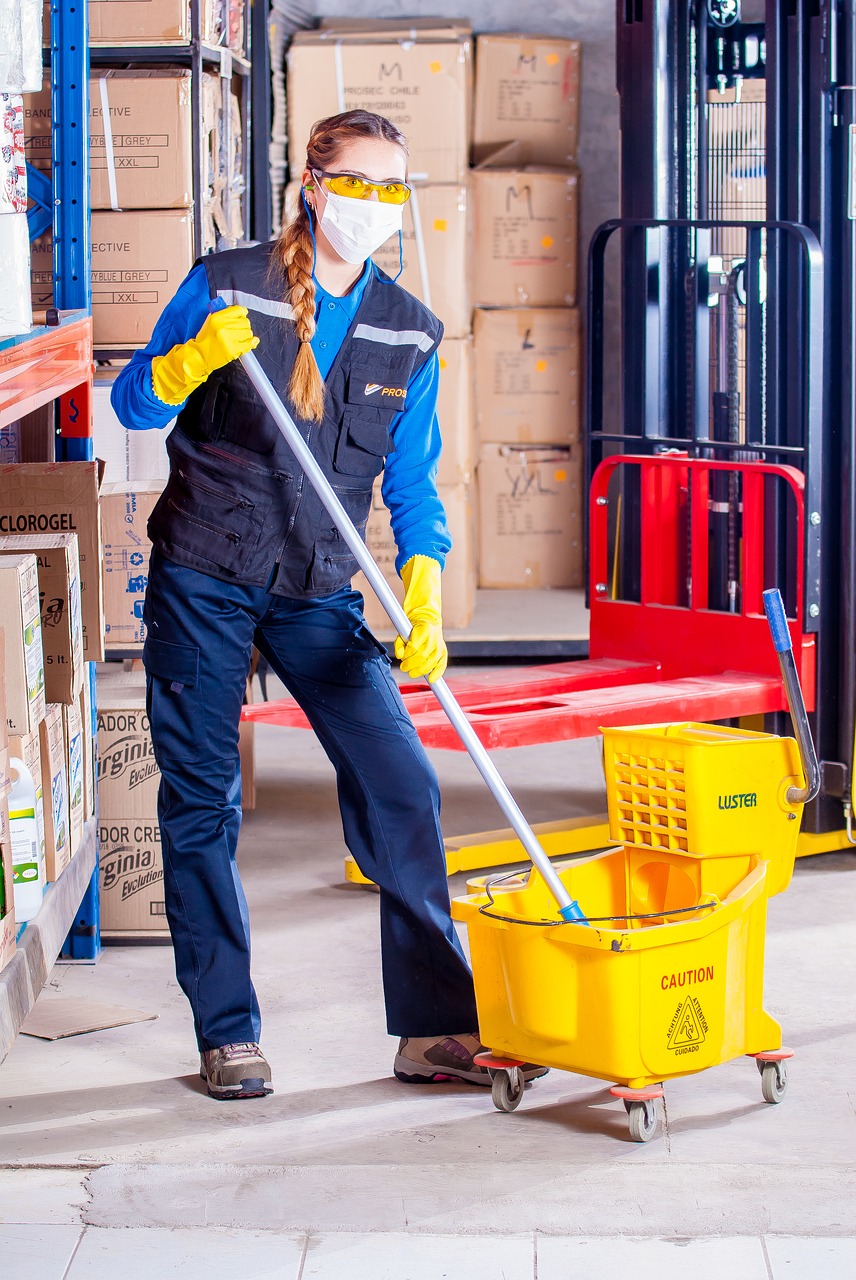 So what is an SDS? An SDS outlines:
So what is an SDS? An SDS outlines:
- the hazard of the chemicals presents;
- the storage and handling requirements;
- the physical and chemical properties of the chemical;
- disposal considerations;
- any potential health, safety and emergency response measures; and
- the environment effect of the chemical
This information is formatted in a specific order and under specific headlines under the GHS standard.
Responsibility’s
In Australia, it is a legal obligation through the Occupational Safety and Health Act 1984 (OHS Act) that all employers must as far as practicable, provide information, instruction, training and supervision so that employees can perform their work safely and are not exposed to hazards (Commission for Occupational Safety and Health 2007). For general business, employers are to make sure SDS are available in hard copies at all time for any and all hazardous chemicals on site. This ranges from fuels and hydrocarbons to detergents and cleaners found in an office setting
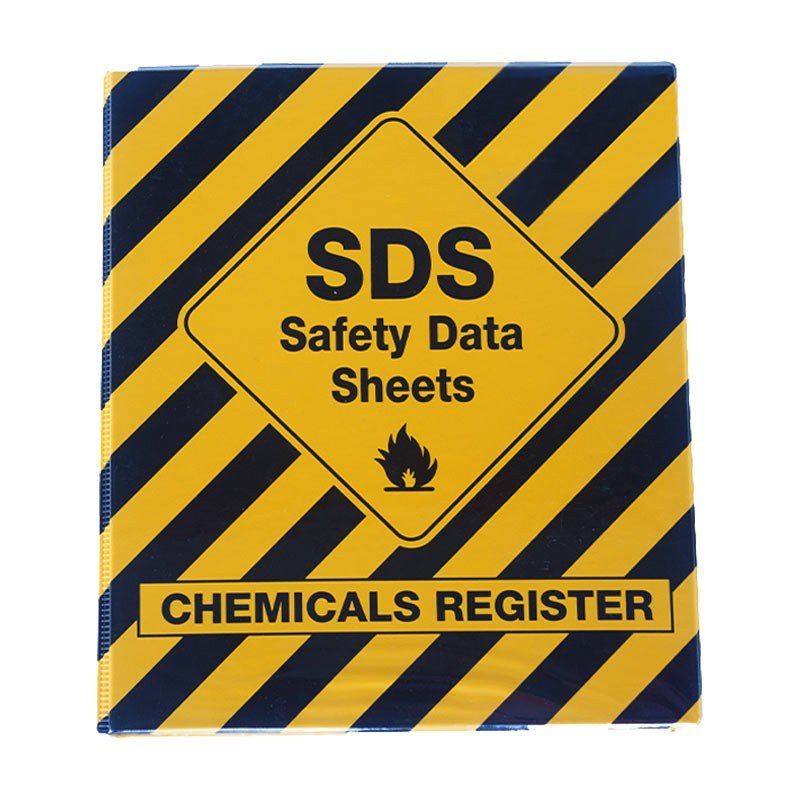 Manufacturers and importers of hazardous chemicals must prepare an SDS in accordance with the model Code of Practice for the Preparation of Safety Data Sheets for Hazardous Chemicals. It is also the responsibility of manufacturers and importers to review their SDSs at least once every 5 years. Maybe most importantly it is also their responsibility to provide the SDS to anyone who is either likely to be affected by the chemical or to any person who asks for a copy. In Australia, it is a legal obligation through the Occupational Safety and Health Act 1984 (OHS Act) that all employers must as far as practicable, provide information, instruction, training and supervision so that employees can perform their work safely and are not exposed to hazards (Commission for Occupational Safety and Health 2007). For general business, employers are to make sure SDS are available in hard copies at all time for any and all hazardous chemicals on site. This ranges from fuels and hydrocarbons to detergents and cleaners found in an office setting.
Manufacturers and importers of hazardous chemicals must prepare an SDS in accordance with the model Code of Practice for the Preparation of Safety Data Sheets for Hazardous Chemicals. It is also the responsibility of manufacturers and importers to review their SDSs at least once every 5 years. Maybe most importantly it is also their responsibility to provide the SDS to anyone who is either likely to be affected by the chemical or to any person who asks for a copy. In Australia, it is a legal obligation through the Occupational Safety and Health Act 1984 (OHS Act) that all employers must as far as practicable, provide information, instruction, training and supervision so that employees can perform their work safely and are not exposed to hazards (Commission for Occupational Safety and Health 2007). For general business, employers are to make sure SDS are available in hard copies at all time for any and all hazardous chemicals on site. This ranges from fuels and hydrocarbons to detergents and cleaners found in an office setting.
What were the main changes from MSDS to SDS?
The GHS updated the way information about the hazards of chemicals and any precautions necessary to ensure safe storage, handling and disposal are communicated to users. The GHS uses pictograms, signal words, and hazard and precautionary statements to communicate this information.
Pictograms: Nine hazard pictograms in the GHS represent the physical, health and environmental hazards.
Signal words: The GHS uses ‘Danger’ and ‘Warning’ as signal words to indicate the relative level of severity of a hazard. ‘Danger’ is used for the more severe or a significant hazard, while ‘Warning’ is used for less severe hazards.
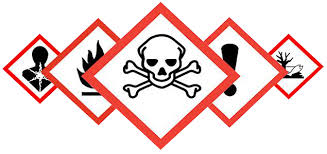 Hazard and precautionary statements: Hazard statements are assigned to a class and category that describes the nature of the chemical hazard including, where relevant, the degree of hazard. For example the hazard statement ‘Toxic if swallowed’ is the hazard statement for Acute toxicity category 3 (Oral) (Safe Work Australia 2016).
Hazard and precautionary statements: Hazard statements are assigned to a class and category that describes the nature of the chemical hazard including, where relevant, the degree of hazard. For example the hazard statement ‘Toxic if swallowed’ is the hazard statement for Acute toxicity category 3 (Oral) (Safe Work Australia 2016).
Precautionary statements describe the recommended measures that should be taken to minimise or prevent adverse effects resulting from exposure, or improper storage or handling of a hazardous chemical.
The GHS precautionary statements cover prevention, response, storage and disposal. Hazard and precautionary statements replace the ‘risk’ and ‘safety’ phrases required under laws previously.
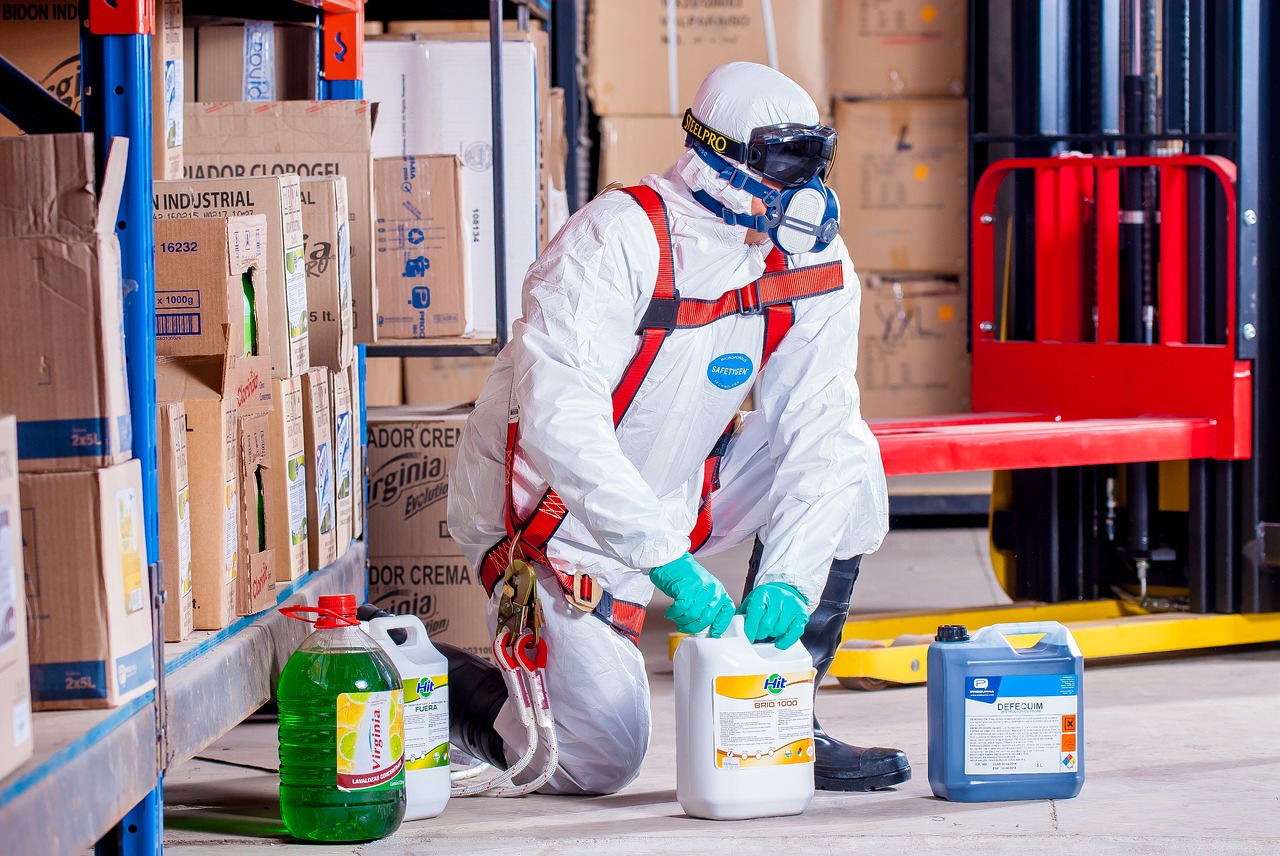 Ultimately the current SDS is a globally standardised version of the old MSDS. SDS for hazardous chemicals does not need to be approved by a Safety Regulator. However, regulators can review SDS to determine whether they are compliant with Occupational Safety and Health Regulations. No matter what people call these information sheets, it is very important that all workplaces have up-to-date safety data for every chemical that they use. Should a workplace be audited by a Safety Regulator and found to be missing safety data sheets for significant chemical there could be consequences for the owner or Manager of the workplace.
Ultimately the current SDS is a globally standardised version of the old MSDS. SDS for hazardous chemicals does not need to be approved by a Safety Regulator. However, regulators can review SDS to determine whether they are compliant with Occupational Safety and Health Regulations. No matter what people call these information sheets, it is very important that all workplaces have up-to-date safety data for every chemical that they use. Should a workplace be audited by a Safety Regulator and found to be missing safety data sheets for significant chemical there could be consequences for the owner or Manager of the workplace.
Should you need assistance with updating your chemical register or confirming you have SDS for each chemical you have in your workplace give Integrate Sustainability a call (08) 9468 0338 or email enquiries@integratesustainability.com.au.
Other Helpful References
- https://www.safeworkaustralia.gov.au/sds#overview
- https://www.creativesafetysupply.com/articles/msds-sds/
- https://www.safeworkaustralia.gov.au/doc/model-code-practice-preparation-safety-data-sheets-hazardous-chemicals
Download PDF: ISPL Insight – What is an SDS
References
Commission for Occupational Safety and Health. 2007. “Provision of information on hazardous substances at workplaces Material Safety Data Sheets (MSDS).” Perth: Department of Commerce, December.
Safe Work Australia. 2016. “Globally Harmonised System (GHS) of classification and labelling of chemicals .” Information Sheet. Safe Work Australia.

